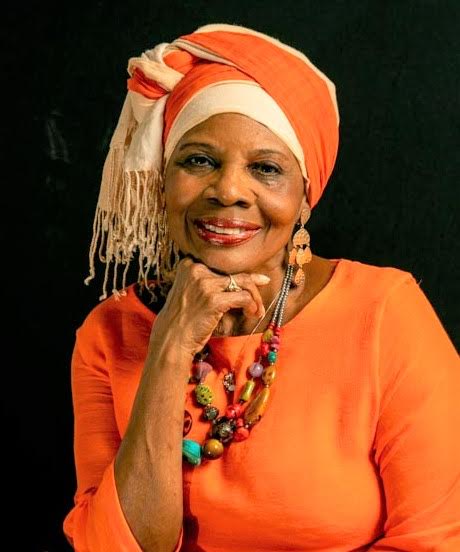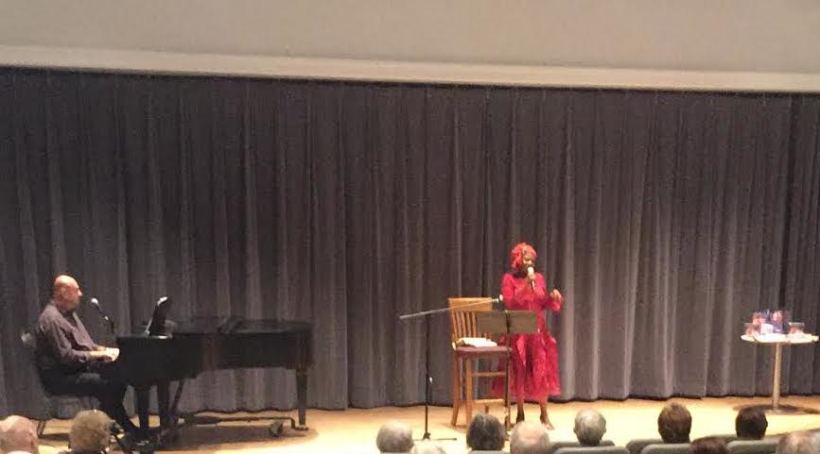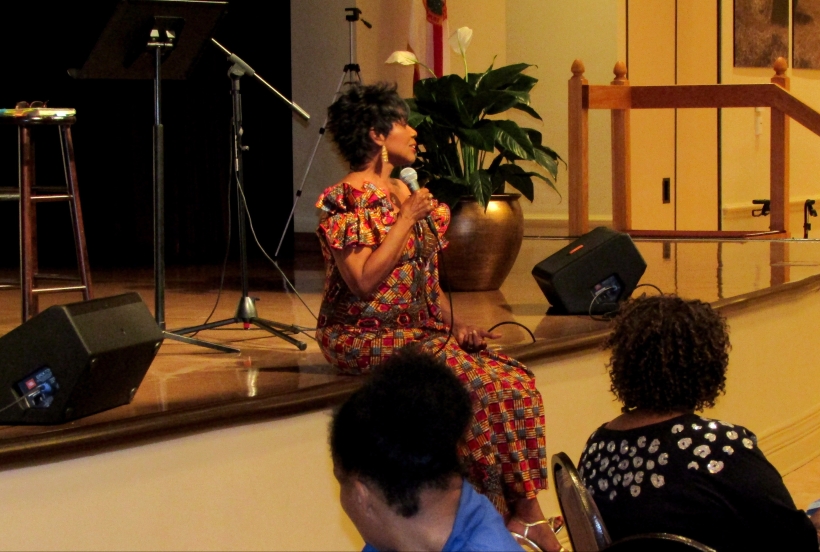Kamala Harris is carrying a gendered weight of issues onto the international political stage as Vice President-Elect of the United States. The first woman to hold that office, and also the first woman of color. A role model for little girls. Someone who acknowledges those who struggled and sacrificed for her to get there, but in truth, this is a journey she must chart alone.
It’s a peculiar dilemma.
As a sisterhood we’re cheering her on for stepping up and claiming space in this historical moment. And we give credit to those who had to gracefully step aside for it to happen.
We crave these heroic versions of our story as women, especially women of color, as this country tries to move forward through troubled times. The expectations we place on ourselves – and others – can become really high, however.
We are supposed to be the ones to stay resilient, to stay super strong, to stay the course when our world seems to be falling apart.
No matter how noble our personal histories, is there any woman who hasn’t thought about walking away?
There’s a story that has been nagging at me for a while now, a childhood memory retold often over the years within my family of women. I have come to reimagine it this way:
How the door must have slammed hard behind the young Black mother as she left her second-floor apartment in the projects that day. Balancing the rusted tub of laundry firmly in the crooks of her arms, she inched her way down the stairs to the side yard, already tired.
From the pocket of her cotton house-dress she snatched one clothespin, then another, repeating the pattern she had been taught since she was a little girl: whites first, then coloreds – light to dark – twisting and clamping each piece firmly in place in the frustrating routine.
The fretful chorus of two babies summoned her from the window above. Perhaps she was conflicted for a moment and even paused.
In the end, though, she turned away from duty, and she was gone.
During my married and child-rearing years the incident became a cautionary tale about shouldering responsibility. During my midlife career changes, it actually seemed a little courageous to risk the unknown.
Now, in later life, I’m drawn more to the way the historical moment adds a revealing layer of meaning to our stories over time.
The young Black mother was born just before the Great Depression, lost her mother from a health crisis, and watched her father battle economic instability and emotional despair. In the aftermath of the Brown vs. Board of Education desegregation decision in 1956, which kicked off the Civil Rights Movement, she was entering her 30’s.
She had a husband who moved in and out of her bed and heart and she might have to consider going back to two-dollar-a-day work cleaning White women’s houses.
I can only guess at the deeper wounds she absorbed.
Doors of opportunity were locked to her that would slowly slide open for younger Black women like me as we came along. Perhaps, that day, she was recalling things she had already tossed aside.
Like the idea that being first in her high school typing class would lead to some kind of office work when she graduated high school. Like the ladylike demands of what a nice quiet girl like her with no interest in motherhood should and shouldn’t do. Like the emptied bottles she had begun to hide the next morning after trying to numb the pain of feeling forever tied down.
But this day, in the background of her thoughts, a different option much have surfaced.
She ran away and left it to others to take care of things, the women would say.
The ending of the young Black mother’s story is not dramatic, in the grand scheme of things. A few days after that incident she returned – in body – but her mind never settled down.
She survived despite the odds, occasionally working, found another partner, had a strained relationship with her children, and stayed on the fringes of the family until she died in her early 60’s – alone.
Many women, especially women of color, can identify better with Kamala Harris at this moment, and women like her- even if we don’t have their visibility and influence. The encouragement and support of others helps to keep us balanced.
But the weight of expectations are carried by all of us, just differently based on the societal challenges we face. The dilemma is always whether to step up to it, or whether to just walk away.
For other blog posts on aging, intergenerational issues, and race read:
“Talking About Race Across Generations and Ethnicities”









